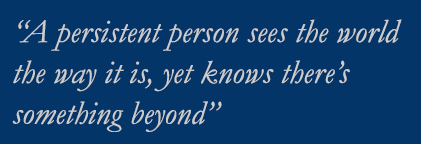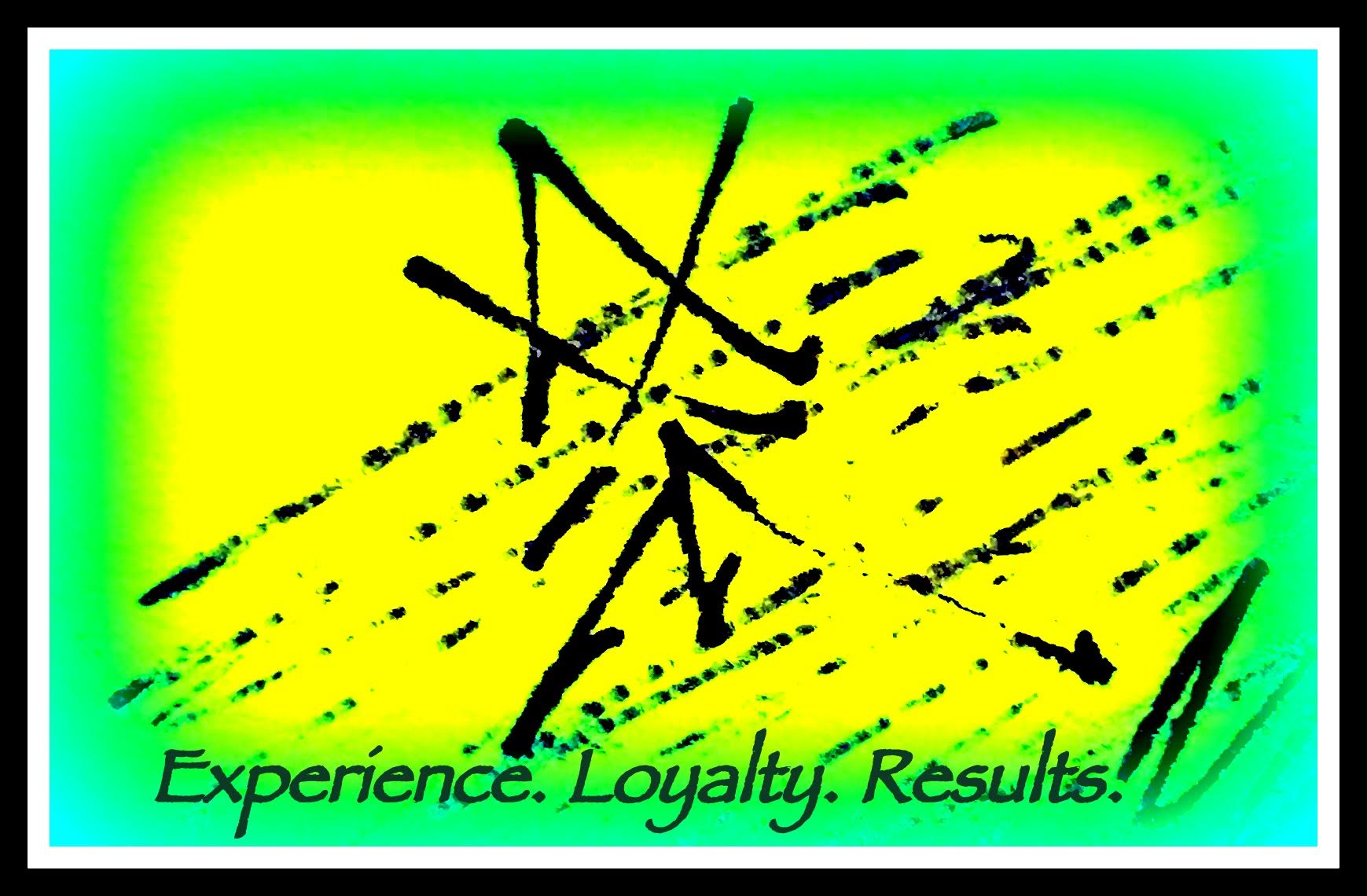Lawsuits do require a fair degree of “persistence.” But what does this word mean? Webster defines persist as “to go on resolutely or stubbornly in spite of opposition, importunity, or warning.” There’s even a noun form for one who persists––persister. The word persist derives from the latin persistere, literally,“per”—through, steadfastly––and “sistere”––to stand; that is, to stand steadfastly. So, what are the elements of persistence?
A willingness to accept uncertainty of outcome. Persistence carries with it no guarantees. The sought-after outcome––tentative, indeterminate––may or may not materialize as intended. A mindset that continues to strive in the face of uncertainty characterizes those who are most persistent. It’s easier to seek out the sure thing since at least there’s some assurance one’s efforts will ultimately be rewarded. Those who are persistent are more than willing to face uncertainty––squarely, unflinchingly.
You’re soaking wet. You’re cold and tired. Your group is tasked with lifting and holding an inflatable raft filled with water. It’s heavier than you thought. Your back and legs are exhausted. The seconds tick by, then the minutes. Your back, arms, chest, and shoulders feel as if someone is cutting into those areas using a knife. You’re not sure how much longer you can hold out. You lift that raft.
A refusal to back down in the face of resistance and opposition. Cooperativeness, agreeableness, obligingness––these seem to be hardwired into our psyches. To insist upon a better outcome, particularly when others are resistant, means to step out of the realm of what feels most natural and intuitive. A certain degree of tunnel vision is required (as well as obduracy). This actually is an acquired skill––and like any other requires practice and an awareness of its importance.
You’re forced to run ten miles in the early-morning cold with full set of gear on your back. Many won’t make it back due to stress fractures. The terrain is dangerous; the course daunting. By the fourth mile, your legs and back are ripped with pain, your lungs feel as if they’re about to burst. You’re worried you might pass out from exhaustion. You run those miles.
The endurance and willpower to press on when others have grown weary. “Grit entails working strenuously toward challenges, maintaining effort and interest over years despi te failure, adversity, and plateaus in progress. The gritty individual approaches achievement as a marathon; his or her advantage is stamina. Whereas disappointment or boredom signals to others that it is time to change trajectory and cut losses, the gritty individual stays the course.”[1]
te failure, adversity, and plateaus in progress. The gritty individual approaches achievement as a marathon; his or her advantage is stamina. Whereas disappointment or boredom signals to others that it is time to change trajectory and cut losses, the gritty individual stays the course.”[1]
A “reasonable” person does not work until one or two o’clock in the morning. A “reasonable” person does not wake up at 4:00 a.m. We know such things are not “within the norm.” A persistent person ignores what may or may not be considered “normal” and focuses entirely upon the matter at hand. Endurance and willpower are probably not the correct terms for this––it’s actually a unique state, more spiritual than physical.
You’re dropped from a helicopter. Your face is splashed with freezing water and you plunge under the ocean’s icy surface. You’re forced to tread water––for hours, in the darkness, in the cold. You begin to think you’ll probably die of hypothermia. You’re starting to lose sensation in your legs. You’re having difficulty breathing. You tread that water.
The drive and determination that says after many hours––“Is that all?” There’s a bit of the irrational in those who are truly persistent. They refuse to recognize preset boundaries. Our institutions, rational to a fault, encourage “reasonable” behavior. At least some significant accomplishments occur when reasonableness is cast aside. What’s rational may not always prevail––something a bit different (or extra) may at times be required.
There’s also a bit of what best can be described as “true-sightedness”––seeing the world as it is as opposed to how it might be. Getting a clear picture of things––reality not simulacrum––takes more effort than might be thought. We assume we know the true state of things. We can see, we can hear––surely that’s enough. But the sensory world quickly shows its limits. A persistent person sees the world the way it is, yet knows there’s something beyond. Knowing there’s more––far more––puts everything else into perspective. This explains why persistent people move past boundaries––they secretly know there are none.
[1] Nicole Shechtman, Angela H. DeBarger, Carolyn Dornsife, Soren Rosier, Louise Yarnall, Promoting Grit, Tenacity, and Perseverance: Critical Factors for Success in the 21st Century, (U.S. Department of Education Office of Educational Technology (February 14, 2013) http://pgbovine.net/OET-Draft-Grit-Report-2-17-13.pdf (citing Duckworth, A. L., Peterson, C., Matthews, M. D., & Kelly, D. R. (2007). Grit: Perseverance and passion for long-term goals. Journal of Personality and Social Psychology, 92(6), 1087–1101.)




